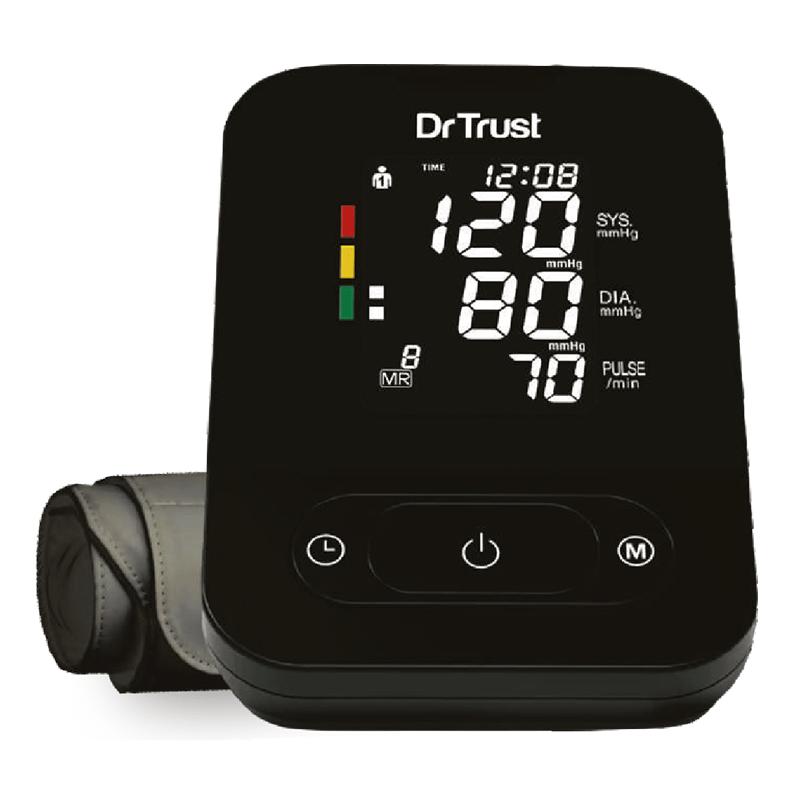Weight loss often feels simple: eat less, exercise more. However, even a strict calorie deficit does not guarantee immediate results. Health experts note that realistic weight loss is about 0.5–1.5 pounds per week, so small daily changes may be hidden by normal fluctuations. Registered dietitians explain that what looks like a weight-loss plateau is often the body adjusting to changes. In short, if the scale is not budging, it may not be your fault – your body might simply be adapting. In this article, we will uncover seven surprising culprits behind a stalled scale and how to address them.
1. Hidden (Sneaky) Calories
Tiny, unexpected portions can derail your deficit. You might “finish” your child’s chicken nuggets, munch crackers while cooking, or add a splash of cream to coffee without logging it. These little bites add up; for example, an “eyeballed” tablespoon of peanut butter could be three spoonful in disguise. Try measuring portions or using a tracking app to expose these hidden calories. Common offenders include:
· Cooking oils, butter, and dressings – even small amounts can add a lot of fat and calories.
· Sugary coffee drinks and sauces – latte add-ins, syrups, or creamers are high-calorie traps.
· Pre-made condiments and dressings – store-bought sauces often hide fats and sugars.
· Snacks and “extras” – sample bites while cooking or grocery samples you forget to log.
Consider using a food scale or a diet-tracking app to be sure, you’re counting everything accurately. This often reveals that you are eating more than you thought.
2. Your Deficit May Be Too Small
Sometimes the problem is just that you have not cut enough. A slight 100–200 calorie deficit might be easily masked by water weight, stress, or normal variations. For effective weight loss, aim for about a 500-calorie daily deficit. In practice, that might mean targeting ~1,500 calories/day if your maintenance is ~2,000 (women), or ~2,000 if your maintenance is 2,500 (men). In other words, a deficit large enough to lose roughly 1 pound per week on average. Too aggressive a cut can also backfire: an extreme deficit can trigger your body’s “survival mode” and slow metabolism. Find a balance where you create meaningful progress without becoming overly hungry or fatigued.
3. You have Hit a Weight Loss Plateau
Plateaus are a natural part of the process. As you lose weight, your body needs fewer calories to function, so it simply adjusts to the same diet and exercise. In other words, the more weight you lose, the more efficient (slower) your metabolism becomes. This means that even if you stick to your original deficit, the scale may stall. A plateau is not a failure—it’s a signal that your body has adapted. Instead of panicking and slashing calories, use this chance to adjust. For example, slightly tweak your calorie goals or change up your exercise routine under professional guidance to restart fat loss safely.
4. Your Diet May Not Be Balanced
Not all calories have the same effect. Two 500-calorie meals can leave you feeling very different. For example, a plate of fries (about 500 calories) spikes your blood sugar and insulin, encouraging fat storage, whereas a 500-calorie meal of chicken, brown rice, and broccoli digests slowly and fuels your body. Diets heavy in refined carbs and low in protein/fiber often leave you hungry and prone to sugar crashes. Cutting out entire food groups (like all carbs or fats) can backfire too, making you feel deprived and more likely to binge. Instead, focus on nutrient balance: include lean proteins, vegetables, whole grains, and healthy fats at each meal. This keeps blood sugar stable, curbs hunger, and makes it easier to stick to your calorie goals.
If your diet isn’t balanced, you may be eating the right foods—but in the wrong portions. The Dr Trust Smart Kitchen Scale, when paired with the Dr Trust 360 App, helps you track calories, measure portions accurately, and understand what your body really needs. It’s a simple way to bring balance back to your meals and support smarter eating.
5. Hormonal and Medical Factors
Your hormones and health status play a huge role in weight. Chronic stress floods your body with cortisol, which signals fat storage – especially around the belly. Life changes like menopause or conditions like PCOS (polycystic ovary syndrome) alter hormones like estrogen and insulin, making weight loss more challenging. An underactive thyroid (hypothyroidism) slows your metabolism and often causes water retention. Even some medications (certain antidepressants, steroids, etc.) can add pounds. If any of these apply to you, talk to a healthcare provider. They can check hormone levels or adjust treatments so your body can work with you, not against you.
Related Read : 10 Super Nutrients that work Best For PCOS/PCOD
6. You May Need to Shake Up Your Workouts
Doing the same exercise routine, every week can also stall progress. Lots of steady-state cardio may lower your metabolic rate over time, while avoiding strength training means you misses building muscle (and a higher resting calorie burn). To maximize fat loss, combine both: for example, aim for about 2–3 strength-training sessions plus 2–3 cardio workouts each week. This balanced approach helps you burn calories during workouts and build muscle that keeps burning after. Also, remember daily activity: standing up more, walking when you can, or doing extra housework can boost your overall calorie burn.
7. It Might Just Be Water Retention
Finally, remember that the scale does not distinguish fat from fluid. Eating a salty meal can make your body hold extra water for a day or two. If you have started a tough new workout, your muscles may also store water to repair themselves. Hormonal cycles (like the week before a period) can cause women to gain several pounds of water. All of these can “hide” your real fat loss on the scale. To stay sane, track progress with tape measurements or how your clothes fit, not just weight.
In summary, if you are not seeing results, do not panic. Check for hidden calories, ensure your deficit is big enough, and keep your nutrition and workouts well rounded. Address any hormonal or medical issues, and remember that short-term water weight is temporary. By making smart adjustments and staying consistent, you will restart your progress.
Are you ready to jumpstart your journey? Use these tips to take action:
👉 Measure Smarter: Log every bite and consider a food scale to avoid undercounting calories.
👉 Mix up Your Routine: Add strength training or change workouts to boost your metabolism.
👉 Track Non-Scale Wins: Pay attention to measurements, energy, and fitness improvements alongside weight.
👉 Get Support: A dietitian or doctor can tailor a plan to you and identify any hidden issues. Sharing your struggles and successes – talking with others (or posting a comment) often helps keep motivation high.
Everybody is different, but armed with these strategies and a bit of patience; you can overcome the plateau and get back to losing weight. Keep learning, stay consistent, and you will reach your goals!














